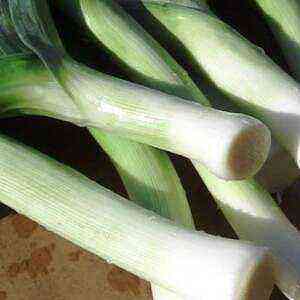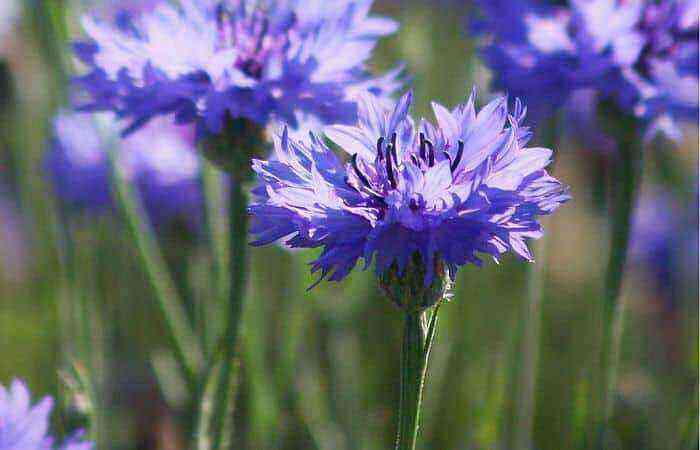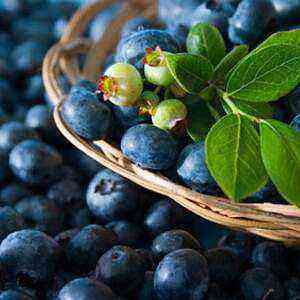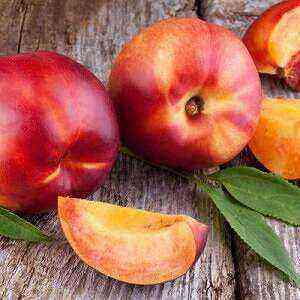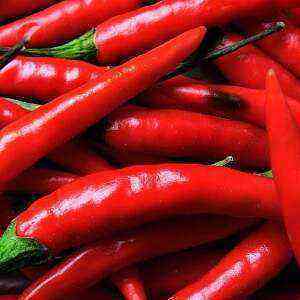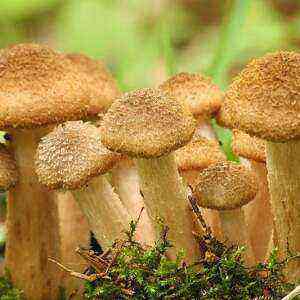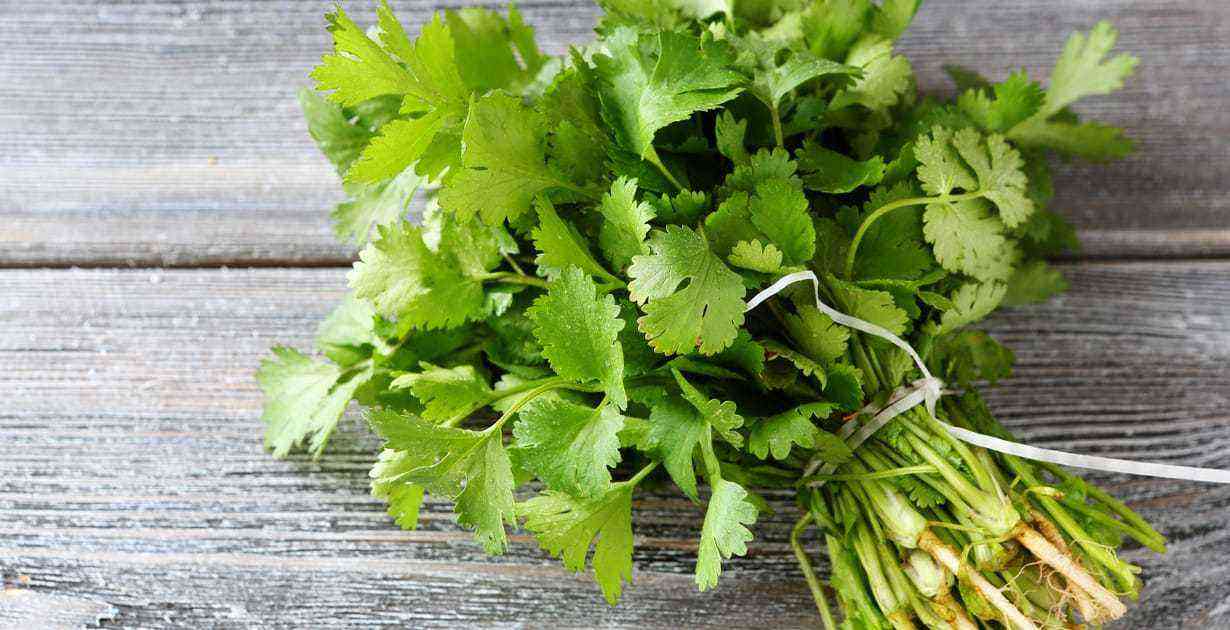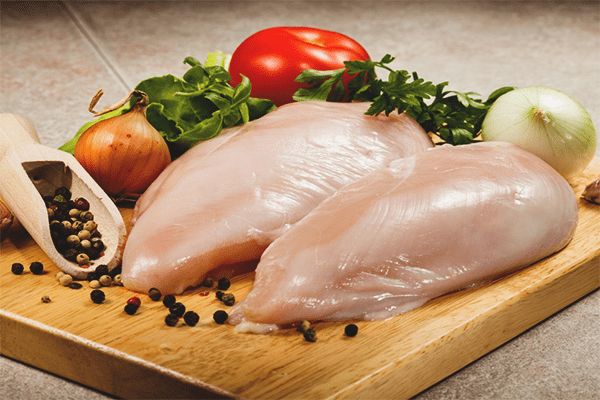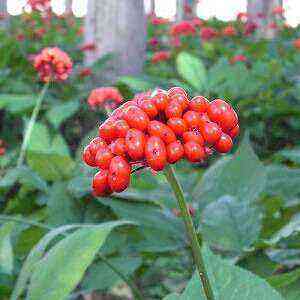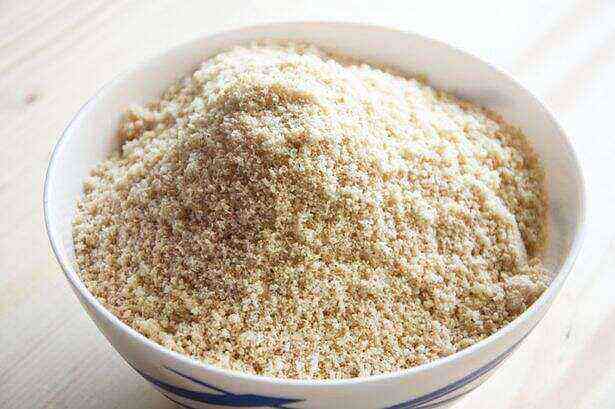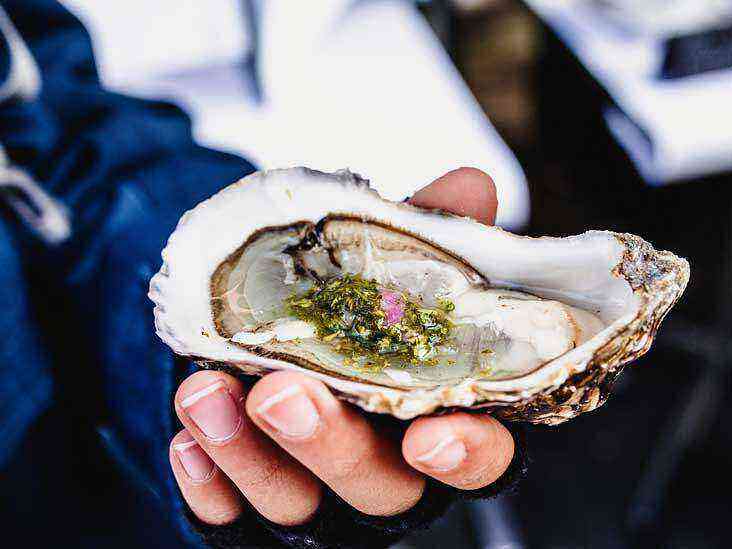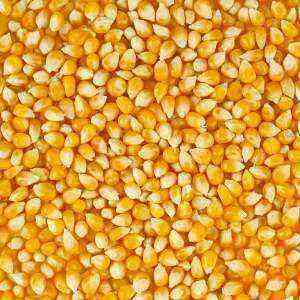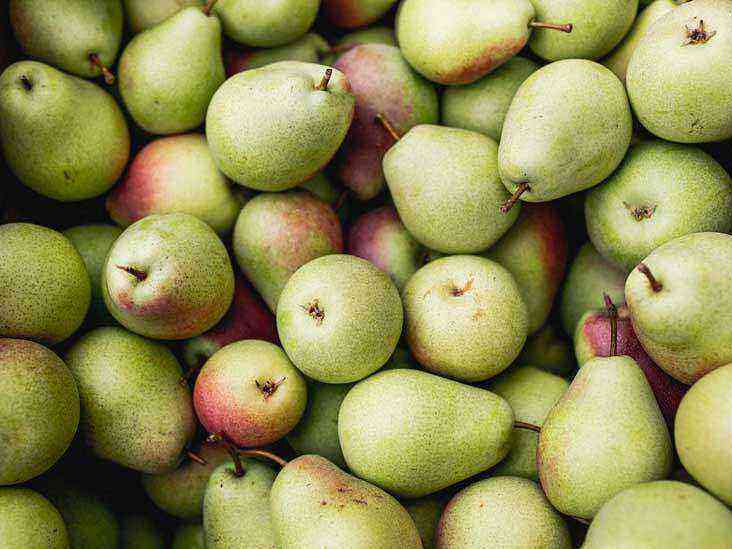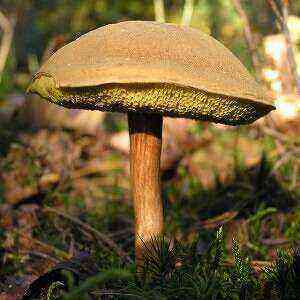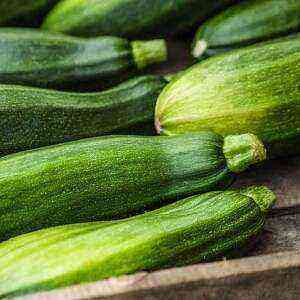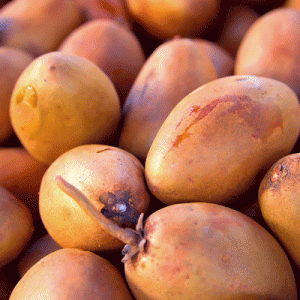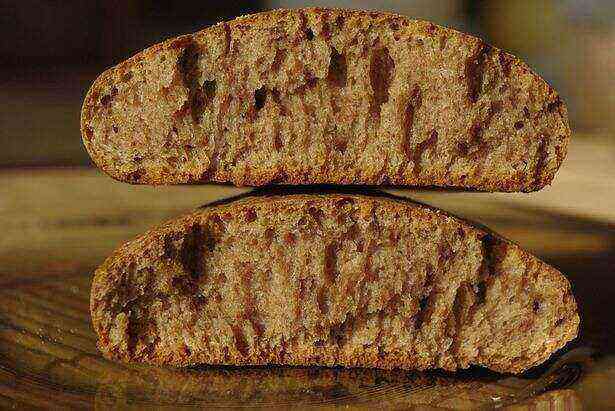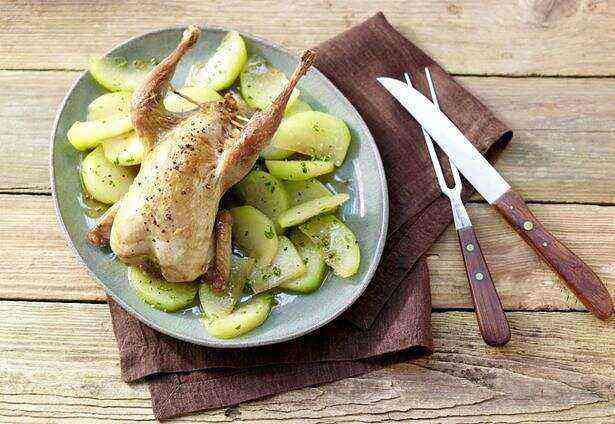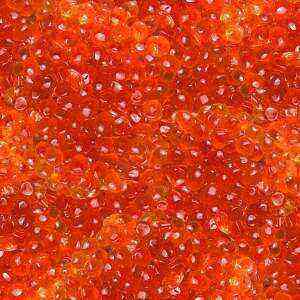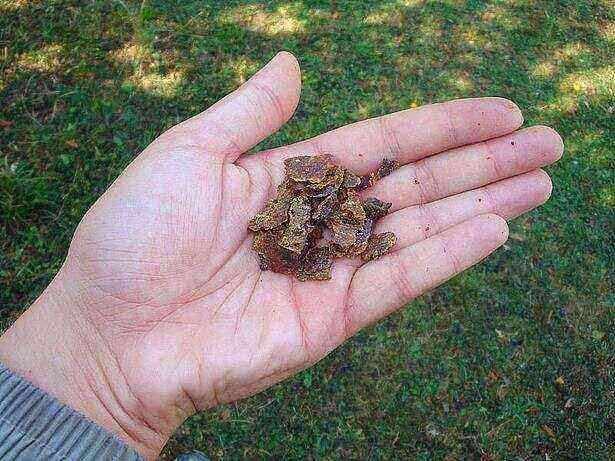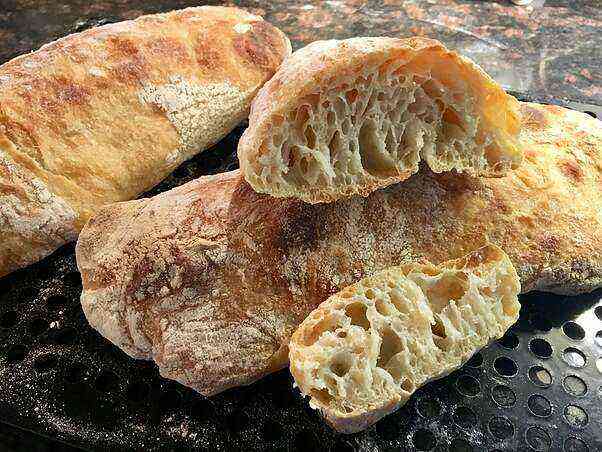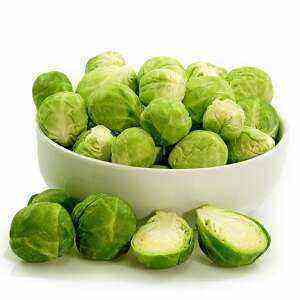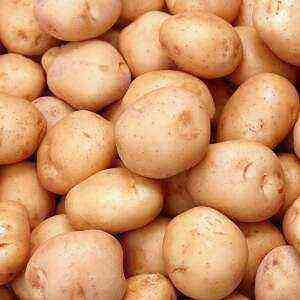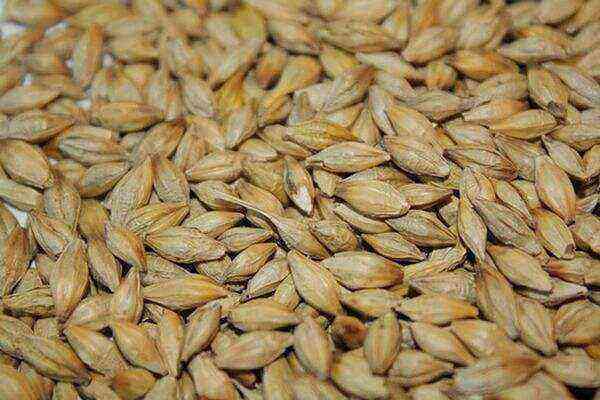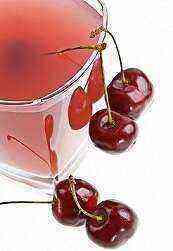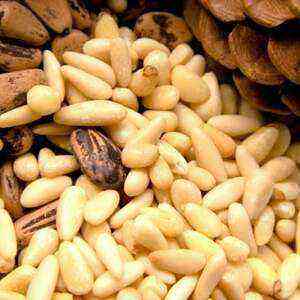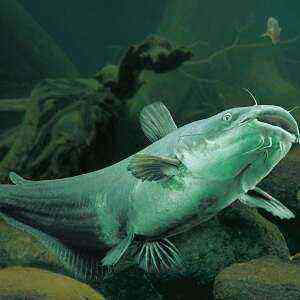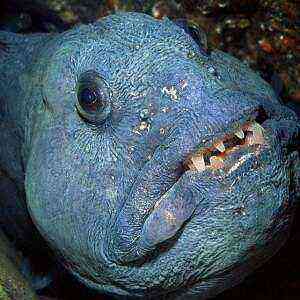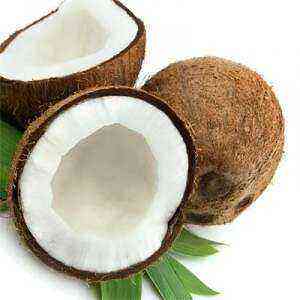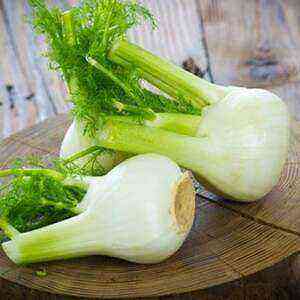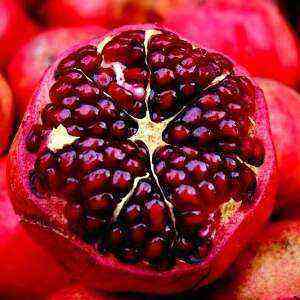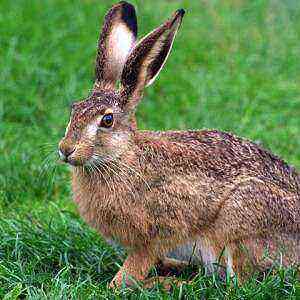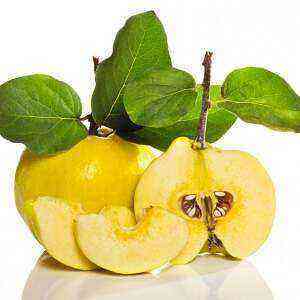
What is quince?
The fruit of the tree of the family of pink – a close relative of apples and pears. A distinctive feature of the fruit is that it is almost impossible to eat fresh. It has a tart taste and is too viscous, because of this, it can disrupt digestion. Therefore, the lemon fruit of an exotic tree is recommended to be eaten exclusively in boiled, baked, canned form.
It is curious that the word “marmalade” comes from the Portuguese name for quince – “marmelo”.
Historical background
The fruit of the quince from the time of ancient Greece is identified with the symbol of love, fertility. According to legend, lemon fruit, radiating a wondrous aroma, was presented by Paris to Aphrodite. Since then, it is referred to as the “golden apple” or “apple of discord.” In medieval Europe, giving this fruit meant confessing feelings.
Initially, quinces, along with rowan, pear, apples, were attributed to the genus “Pear”. However, there were many differences between these fruits, which led scientists to isolate the fruit into a separate genus, the Japanese Pear. It included the following types of quince: Chinese, evergreen, henomeles. Despite a number of common features (hard pulp, a large number of seeds, a specific strong aroma, and a rocky structure), the plants had numerous differences.
Therefore, in 1822, each species of quince was singled out in a separate monotype genus: Japanese (cydonia) – “Henomeles”, Chinese – “Pseudodocynia”, evergreen – “Dotsinia”.
Archaeologists have found that the tree that gives the “golden apples” – one of the most ancient “accustomed” plants. It is established that the first cultural plantings of quince appeared in Asia four thousand years ago. Since then, the fame of fragrant fruit has spread throughout the continents and countries. Today, quince is cultivated in forty countries around the world.

- Turkey – 9800 hectare;
- Uzbekistan – 7000 hectare;
- Argentina – 3200 hectare;
- Azerbaijan – 3100 hectare;
- Serbia – 2200 hectare;
- Algeria – 1800 hectare;
- Spain – 1400 hectare;
- Russia – 1000 hectare.
In addition, fruit-bearing trees can be found in northern Iran, Latvia, Belarus, Crimea.
The area of cultivation of quince is limited to average annual temperatures + 8 .. + 9 degrees Celsius, the absolute minimum -15 degrees Celsius below the zero mark.
General characteristics
The height of an adult fruit tree reaches five meters. Quince leaves look like apple leaves, inflorescences are large white or pink. Fruits, depending on the variety, have a spherical or pear-shaped configuration and a yellow, light lemon, dark yellow color. The size of the fruit resembles a large apple. The skin of the quince is covered with small villi, the flesh is weak, astringent, sweetish, fragrant and very tough. The seeds are reddish-brown with a shell that licked outside, contain a toxic substance (amygdalin), which gives the fruit the smell of bitter almond.
The value of quince fruits is determined by the significant content of a complex of vitamins, monosaccharides, biologically active substances. They have medicinal properties, help with eye diseases, sclerosis, hypertension, angina, soften the skin, have a powerful anti-inflammatory, restorative, antiseptic effect.
The ripening time of fragrant fruits is September-October.
Today fruit is used in:
- food industry (for the manufacture of jam, marmalade, jam, candied fruit, meat dishes sauce);
- medicine (as an antibacterial, diuretic, anti-ulcer agent);
- cosmetology (for cleansing oily skin, improving complexion, strengthening hair).
Common varieties
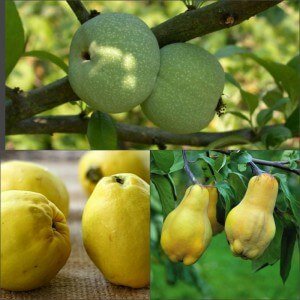
These include the following types:
- decorative (marble and pyramid);
- garden (pear-shaped, apple-shaped, Portuguese).
Common varieties of quince and their growing areas
Early:
- “Muscat”, the North Caucasus region.
- “Gold of Scythians”, North Caucasus.
- Persian Sugar, Crimea, Volga Region.
- “Van Diemen”, Crimea.
- “Kulyab apple”, Tajikistan.
Mid-season:
- “Krasnoslobodskaya”, the Volga region, the Caucasus.
- “Gurdji”, Dagestan.
- Ktyun Zhum, South Dagestan.
- “Kuban”, Crimea, Russia, Caucasus, Moldova.
- “Teplovskaya”, Lower Volga.
- “Amber Krasnodar”, the Caucasus.
- “Be-gi-Turush”, Tajikistan.
Late-ripening:
- Zubutlinskaya, Dagestan, Caucasus.
- “Vranisk Denmark”, Yugoslavia.
- “Dzhardam”, Azerbaijan, Turkmenistan.
- “Mitch fertile”, America, Turkmenistan.
- “Tursh”, Armenia.
- “Ahmed Jum”, Dagestan.
- “Champion”, Crimea, Russia.
Pear quince varieties are more juicy and sweet, and apple-shaped ones are early ripening.
Four trumps
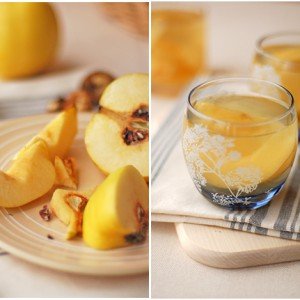
Due to this feature, quince is used in cooking to impart characteristic bitter-sweet notes of compote, preserves, jams, baked goods.
The third trump card of the fruit that is unusual in taste is its high biological value. The quince peel and pulp are saturated with nutrients: vitamins, macro-, microelements, organic acids, pectin, saccharides. They supply the body with useful compounds and remove harmful heavy metals: uranium, zinc, lead.
Interestingly, the effect of boiled product in 2 – 3 times stronger than fresh.
The fourth trump card of the quince is the possibility of implanting a pear. This improves the taste, color of fruits and makes it possible to get two fruits from one tree.
Chemical composition
Nutritional value of quince on 100 grams of product – 48 kilocalories, the ratio of proteins, fats, carbohydrates is equal to 0,6: 0,5: 9,6 grams.
Quince fruits consist of:
- water (82%);
- fructose (6,27%);
- sucrose (2,38%);
- glucose (3,11%);
- citric acid (0,3%);
- chlorogenic acid (0,07%);
- malic acid (0,42%);
- fumaric acid (0,1%);
- tartaric acid (0,06%);
- dietary fiber (2,9%);
- starch (1,5%);
- ash (0,9%).
The amount of organic acids in the fruit depends on the time of harvest, ripeness and variety of fruit tree.
The quince peel contains pelargono-ethyl, enanth-ethyl esters, which give a characteristic smell to the fruit. Up to 23% of the mucus is concentrated in the seeds, which determines the enveloping effect of the boiled kernels.

- sugars (252,5 mg%);
- amygdalin glycoside (0,505%);
- fatty oil (16,92%);
- aldehyde sugars (1,01%);
- resinous substances (1,06%);
- pectin compounds (8,66%);
- vitamin C (96,2 mg%).
In quince leaves found:
- tannins (5,26%);
- alkaloids (0,0345%);
- vitamin C (118,2 mg%);
- glycosides (0,281%);
- traces of vitamin K.
Useful Properties
For medicinal purposes, quince learned to use in ancient times. Boiled fruit is used to normalize the work of the intestines, eliminate jaundice, tachycardia, diarrhea, nausea, vomiting. Fresh fruit is prescribed for anemia, problems with the cardiovascular system, digestive tract, as a diuretic.
Seeds of quince with shaking produce mucus, which has expectorant, enveloping, antitussive action. Due to this, they help to calm the stomach during an acute ulcer. In addition, the mucus from the fruit of quince is used in dentistry for the treatment of periodontal disease, glossitis, gingivitis.
Remember, seeds contain the toxic substance amygdalin, which has a toxic effect on the human body. In order to avoid health problems, only whole kernels are used to make jelly.
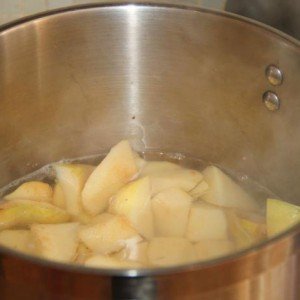
- fights stress, has a calming effect on the psyche;
- contains antioxidants that neutralize free radicals, reducing the risk of cancer;
- treats stomach ulcers (according to Shinshu University research);
- favorably affects the liver, eyes;
- relieves headaches, uterine bleeding;
- quenches thirst well;
- refreshes breath;
- eliminates vomiting;
- promotes the emergence of appetite;
- improves after a hangover;
- relieves inflammation, skin irritation, is used for burns;
- softens the dermis;
- relieves spasms of cerebral vessels;
- clears intestines from products of rotting, fermentation;
- lowers cholesterol;
- enhances the separation of bile;
- has an antimicrobial effect;
- improves the tone of the face, narrows the pores;
- reduces puffiness;
- cures hemorrhoidal cracks in the anus;
- improves digestion of food, promotes weight loss.
Thus, quince has the following effect:
- astringent;
- analeptic;
- diuretic;
- antiseptic;
- hemostatic;
- expectorant;
- antiemetic;
- soothing;
- choleretic;
- anti-inflammatory.

- tuberculosis;
- dysentery;
- diarrhea;
- liver failure;
- anemia;
- cold, flu;
- hypertension;
- asthma;
- stomach ulcer, gastritis;
- heart disease, liver;
- hemorrhoids.
Remember, fruit, whole intact seeds, fruit tree leaves have useful properties.
Противопоказания
In addition to the therapeutic effect, quince can be harmful to health, if used in the following cases:
- with frequent constipation, pleurisy;
- with enterocolitis, since the intake of fruit can provoke spasms, intestinal blockage;
- in the presence of an allergy to the product.
Fluff on the surface of quince annoyingly affects the vocal cords and larynx, which causes cough, sore throat, hoarseness. Therefore, singers, teachers, lecturers and people whose professional activities are associated with oratory, should abandon the use of fragrant fruit. Contraindications end there.
Quince and pregnancy
Expectant mothers are allowed to eat the fruit in boiled form, subject to the tolerance of the product, since no one is immune from allergic reactions.

- toxicosis;
- anemia;
- beriberi;
- high blood pressure;
- bleeding gums.
In addition, quince contributes to the full development of the fetus. However, due to excessive acid and high content of vitamin C, it is not recommended to give fruit to children under three years old, since the child’s body is not yet adapted to the digestion of such a “heavy” product.
Cooking application
Quince is widely used in the food industry in different countries. The aroma of raw fruit is unusual, but pleasant. In it notes of tree bark, an unripe pear, autumn flowers, a sour apple are traced. Sometimes quince smells like a tropical fruit. They make jams, jelly for afternoon tea, elite white wines “Chenin Blanc”, “Sauvignon Blanc”, “Chardonnay”, marshmallow, candied fruits, marmalade, sauces, gravy to meat dishes. To add a sour taste, quince slices are added to borscht, cabbage soup, soup, pickle, pastries or even tea. In ancient Greece, the miracle fruit was baked with honey, and in the east it was stuffed with ground beef and beans.
Fresh fruit is too hard and contains bitter tannins. But quince stew is much sweeter, softer and healthier. Prolonged heat treatment gives a light pink, reddish or saturated purple hue to an Asian fetus.
Before cooking, all the seeds are extracted from the quince, since they contain a toxic component – amygdalin, which, when released into the stomach, turns into cyanide and leads to poisoning of the body.
Remember, the value of the fruit in a delicate fragrance, concentrated in the skin. In Transcaucasia, Central Asia, the pulp of the fruit, as seasoning, is added to all national dishes. With him stew meat. Therefore, when cooking quince, to preserve the smell, remove a very thin layer of the shell. In Spain, marmalade is made from the fruit, which is customary to eat with spicy cheese. In addition, they, together with meat and rice, stuffed poultry.
In Iran, quince is used to make canned syrup, which is usually diluted with lime juice or water before consumption.
Application in medicine

It is used to prepare medicinal syrup for anemia, water decoction to improve the functioning of the digestive tract, an infusion of asthma, tea to normalize the activity of the kidneys.
Recipes for the healing of quince remedies:
- Fruit syrup. It is an effective remedy for anemia, heavy uterine bleeding. To prepare the syrup, chop the quince fruits thoroughly, cover with water, bring to a boil, boil until softened. After that, squeeze the juice from the pulp. Drink boil down to thick syrup. Take 20 milliliters before meals three times a day.
Interestingly, the fresh fruits of quince contain a lot of iron, due to which people are recommended for use for the treatment and prevention of iron deficiency anemia.
- Mucus from seed. Viscous liquid is used as antitussive, enveloping, softening, expectorant, sedative. It facilitates the course of gastric ulcer, helps with bronchitis, colitis, diarrhea. Slime is obtained by shaking the seeds of quince (5 grams) with boiling water (150 milliliters) for 10 – 15 minutes. Take 50 milliliters three times a day for 30 minutes before meals or in between meals.
- Water infusion of leaves. Weakens, and sometimes, stops the attack of bronchial asthma, reduces inflammation in diseases of the stomach, reducing intestinal motility. To make the infusion, pour 5 grams of 200 leaves with milliliters of hot water, put in a water bath. Boil for 15 minutes. The resulting broth insist 45 minutes, then strain. In the healing drink, add water to obtain the initial volume. Take 15 – 30 milliliters four times daily before meals.
- A decoction of the seeds. Used to treat skin diseases, sore throat, alleviate gastrointestinal problems.
Method of preparation: Add 5 grams of quince seeds to millimeters of cold water in 300, heat in a water bath (until boiling). Cover the broth with a lid, wrap a towel, insist two hours. After the specified time, strain the jelly. Broth take 100 milliliters before meals three times a day.
During the preparation of the enveloping drug, ensure that the seeds are intact. Damaged nuclei cannot be used because they emit toxic substances and present a threat to human health.
A characteristic feature of the violation of the integrity of seed shells is the appearance of the smell of bitter almonds.
- Vitamin preparation. A kilogram of fresh fruit, wash and peel. Each fruit is divided into four parts, all scroll through a meat grinder. In the resulting mass, add a kilogram of sugar, mix. “Canned” vitamin mixture retains its beneficial properties, nourishes the body, refreshes and invigorates. Keep the workpiece in the refrigerator. Take 5 – 10 milligrams, mixed into green tea.
Fruit syrup, mucus, seed decoction, water infusion from the leaves cannot be stored for more than three days in the refrigerator, because pathogenic flora multiply quickly in them, which spoils the product.
Used in cosmetics

The benefits of fruit in cosmetology:
- Decoction of the leaves. Used to strengthen and dye hair with early graying. To prepare the broth, take 100 grams of dry quince leaves, fill with a liter of boiling water, leave for an hour, strain.
Method of application: wash your hair, rinse your hair with a decoction. To obtain a lasting toning effect on the strands, the procedure is recommended to be performed 2 – 3 once a week. The best result is observed among brunettes, brown-haired women.
Remember, natural dyes do not damage the structure of the hair web, unlike industrial chemicals (especially ammonia compounds), which dry out curls, make them weak, dull, brittle and lifeless. As a result, the natural pigment is destroyed, lifeless strands begin to fall out. In addition, chemicals have a peculiarity to accumulate in the body, cause allergic reactions, the development of oncological diseases.
- Lotion of fruit. Improves complexion, relieves oily shine, removes freckles. To prepare the lotion, mix in equal quantities egg white (pre-whipped), quince juice, camphor spirit. Before applying the composition, clean the skin from impurities. Moisten cotton wool with lotion, wipe face. Use means in the morning and in the evening. After regularly performing the procedure, the skin acquires freshness, it becomes smooth and velvety, and oily shine disappears.
- Mask of pulp for fading skin. For cleansing and nourishing the mature derma, it is recommended to apply the fruit mixture on your face for 15 minutes every day for 20 – 15 days.
Mask preparation method: grate quince, mix with chicken protein (with oily porous skin) or yolk (with dry, normal) and cream in equal quantities. Apply the pasty mixture onto the face, wait for 15 minutes, remove residues with a wet swab, rinse the skin.
- The mask of fruits with acne. Rub a ripe quince fruit on a grater, apply it on your face on 20 minutes. After the specified time, wash off the mask with warm water, apply a soothing cream.
To lighten freckles, age spots, regularly wipe the skin with fresh quince juice.
In order to remove inflammation from the burned area, it is recommended to make mucus from the seeds, lubricate the problem area twice a day with the obtained product.
A decoction of the kernels normalizes the sebaceous glands, relieves dandruff.
To nourish aging, fading skin, it is helpful to massage with a slice of fruit.
Conclusion
Quince is a dark yellow fruit that resembles the smell of unripe pears, autumn flowers, sour apples and tree bark. It has unique properties, is a source of youth, health, a positive effect on the psyche. Fresh fruit juice eliminates cardiovascular, gastrointestinal, respiratory diseases and anemia. Boiled quince – a good antiemetic.
To get the most out of the fruit, we recommend that you familiarize yourself with the following selection criteria: the skin should be evenly colored yellow without green spots, avoid buying damaged fruit with dents and choose large, dense structure.
After purchase, wrap the quince in polyethylene, store separately from vegetables and fruits in the refrigerator. If you place apples, pears, bananas next to lemon fruits, this will speed up their ripening. The maximum shelf life of fresh quince (as a whole) in the refrigerator is 60 days.
